Overwintering plants indoors – 6 common mistakes to avoid
Tender plants will need protecting from frosts and snow in winter, so take care not to fall foul of these overwintering mistakes
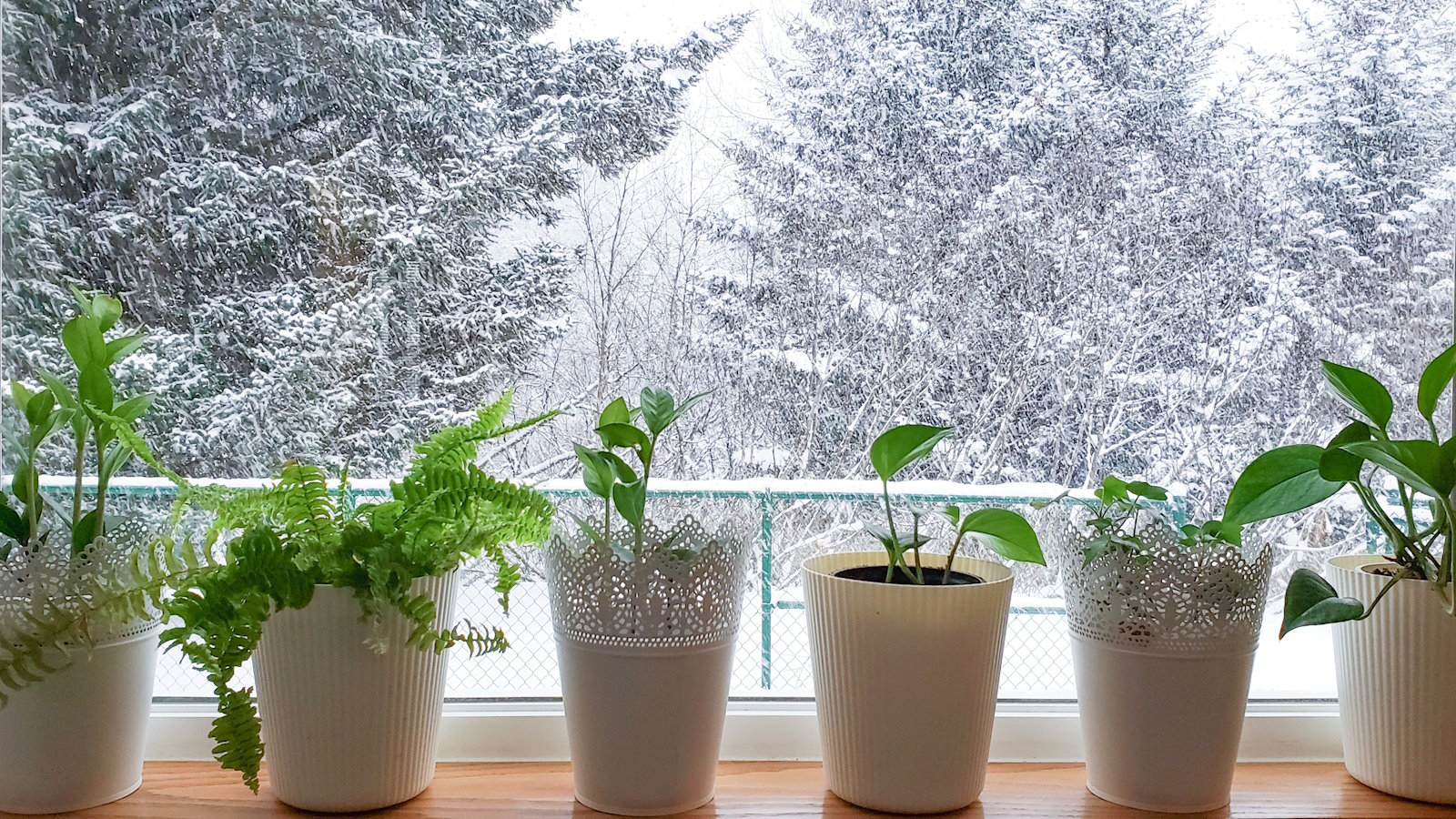

Cold and harsh winter conditions are capable of wreaking havoc on many plants. While perennial frost hardy plants can survive outdoors over winter, withstanding even snow, there are many others that are both half-hardy and tender and can be killed by the cold.
These plants need protection from the frost, snow, and bitter cold winds, and are often brought indoors for winter. However, these plants are still susceptible to other issues.
Knowing the potential issues can help understand the best way to overwinter plants indoors and ensure they are in fine fettle when spring rolls around again.
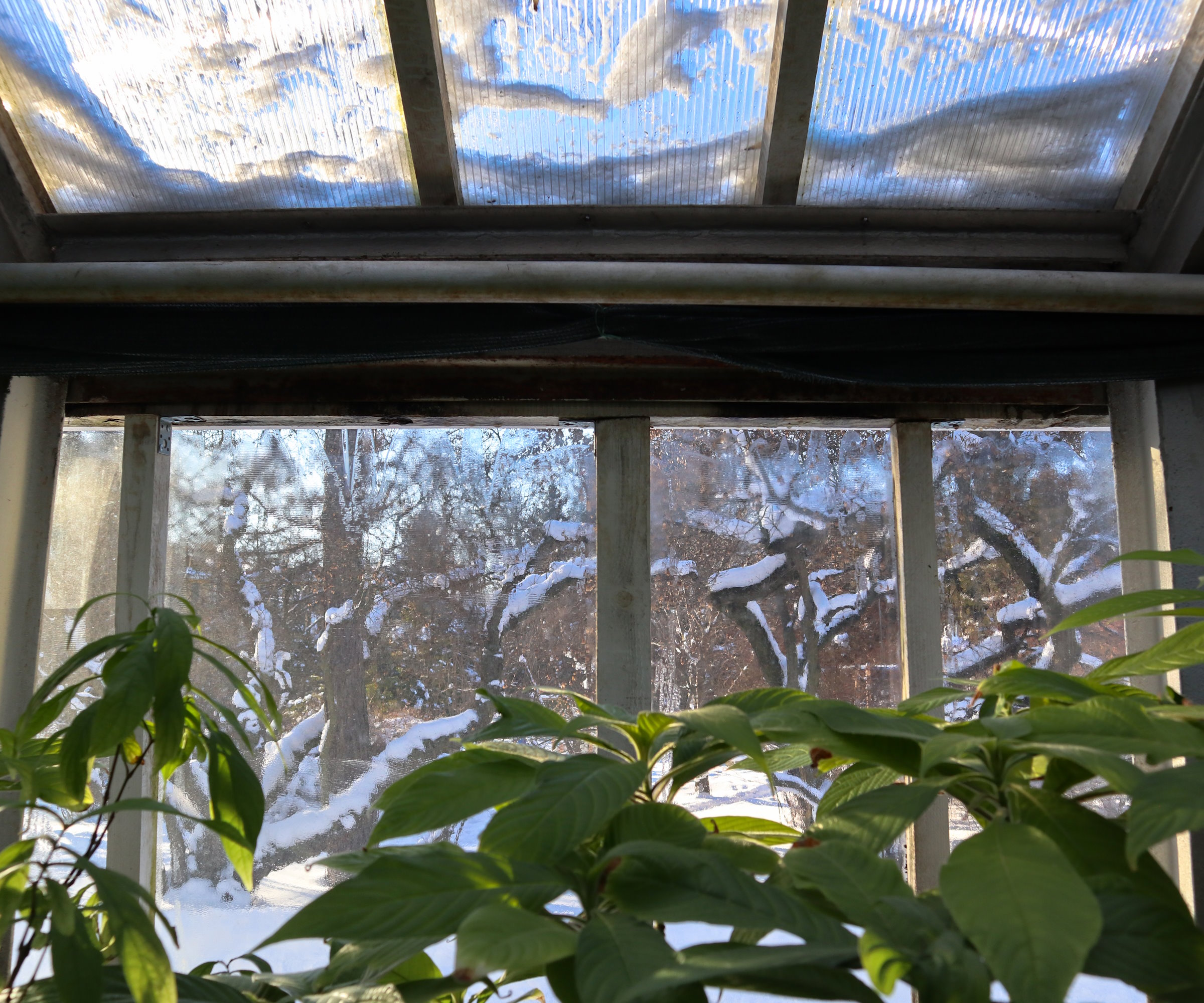
A greenhouse can provide vital protection from frost and snow
What is overwintering?
Overwintering means protecting plants that need it from the cold winter weather. This can either be protecting ornamental or vegetable plants from frost and snow in the flower bed or vegetable garden.
Or it can involve bringing tender plants indoors, to a protected space, to ensure they survive the winter months. When it comes to moving plants inside, gardeners will either move plants into the home, or into a greenhouse, shed, or garage.
Plants are either cut back and lifted to have their bulbs or tubers stored, or moved as a whole in pots indoors. When you overwinter plants it is important to look after them correctly, so we take a look at six common pitfalls to avoid.
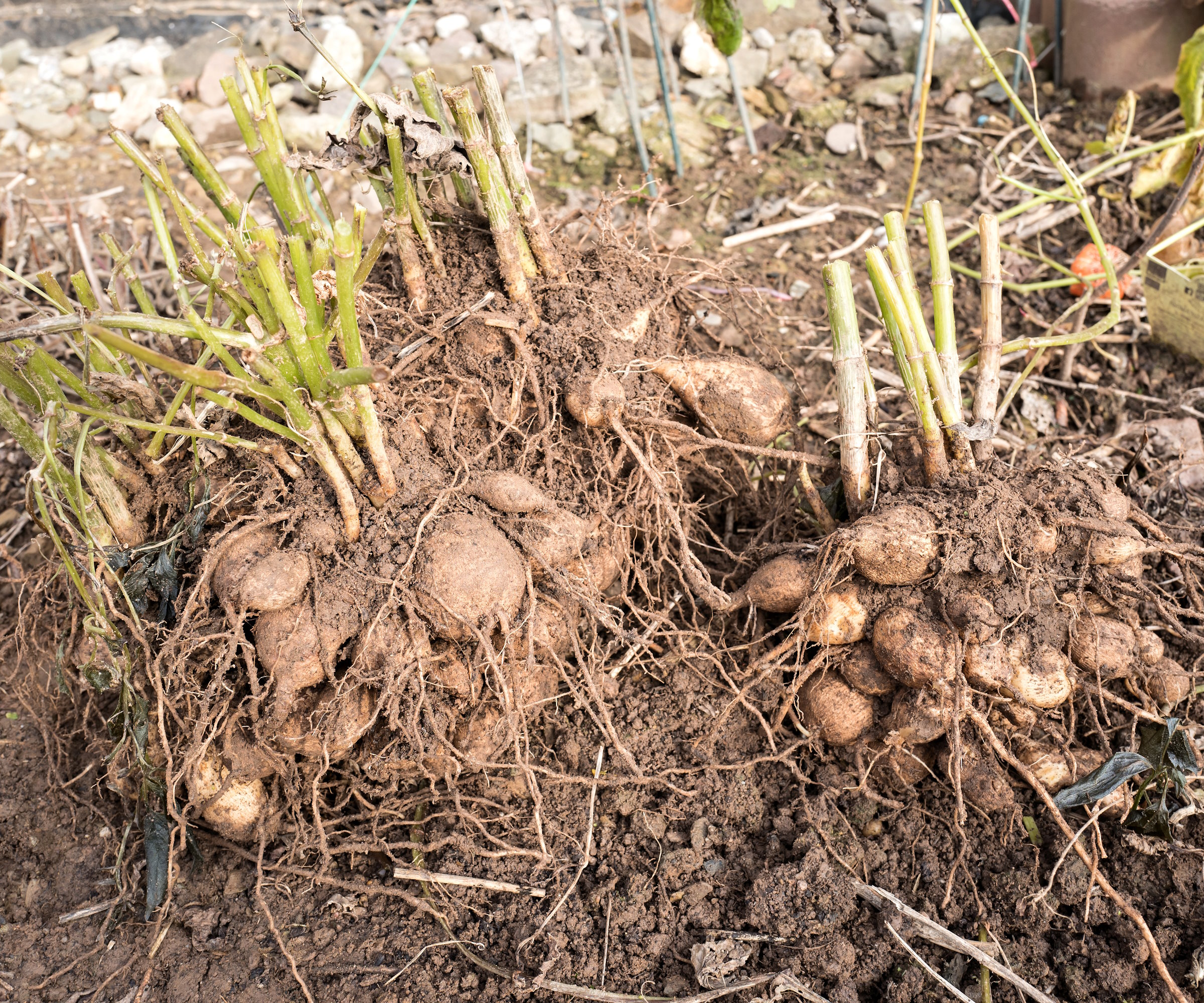
You overwinter dahlias by lifting and storing the tubers in cold climates
1. Moving too late
It is important to keep an eye on the temperatures and get plants protected before any damage is done. The exact time for when to move plants will depend on your US hardiness zone, but if you do have winterizing plants on your fall gardening checklist then be prepared for when the night starts getting colder.
It is best to move tender plants in when the temperatures drop to 45°F and half-hardy plants should be moved at the sign of the first frosts for your area. If you leave it too late, then frosts can cause damage to all parts of the plants, as cells are damaged by the process of being frozen.
Frosts are capable of scorching leaves, blackening stems and causing plants to collapse. If you are growing dahlias, they need to be lifted once the foliage has been blackened, and it is the same to overwinter canna bulbs.
Plants in pots will be more susceptible to frosts as their roots will be more exposed to freezing conditions. Damage to the roots can be fatal.
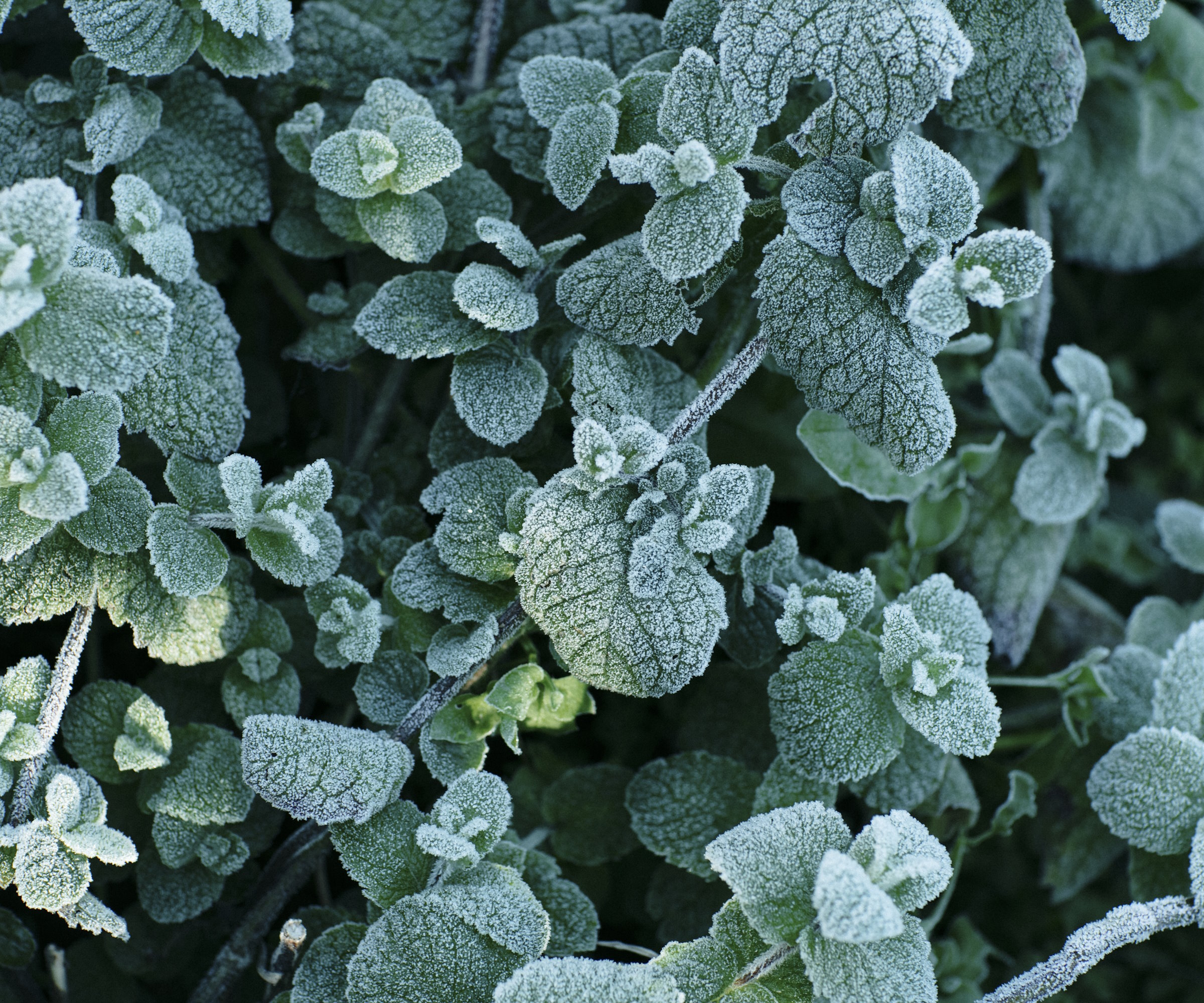
The first frosts are a sign that plants need to be protected for winter
2. Not acclimatizing plants
If you are moving tender or tropical plants that keep growing through the winter, then make preparations a bit in advance and get them ready for the big move.
When you move plants outside in spring, the accepted gardening norm is to harden them off to get them used to life outside. It is less widely known but equally important to acclimatize plants ready to move indoors after a summer outside in the garden.
The light levels indoors, along with the humidity, are going to be different to the outside and plants can experience shock if they are not given time to adjust. This shock can show itself in the form of wilting, leaf loss, or general unhappiness.
Acclimatizing plants is very simple. Move any plants that have been enjoying life in a sunny spot to a more shadier locale for around two weeks before they come indoors for winter. They should then be happier in their new lives as indoor plants for the coming months.
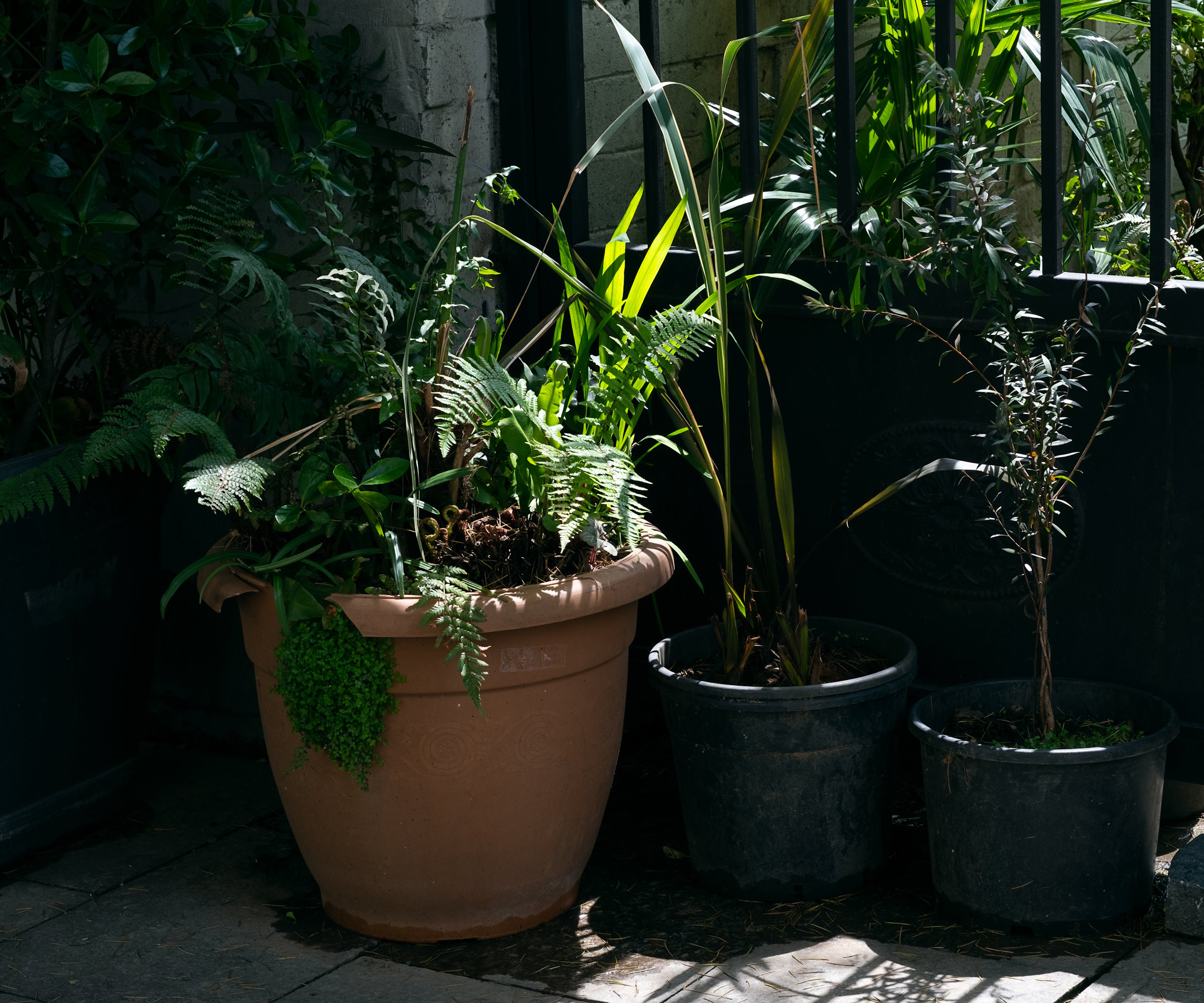
Two weeks in a shady spot will help prepare plants for life indoors
3. Overwatering
Overwatering is a common issue during the colder months, as plants are not going to need as much water in the winter as they did during the warmer months.
It is vital to adjust any watering regime season-to-season, and never water plants at the same rate as you were during their summer excursion outside - not changing up the routine would be a huge watering mistake.
The growth of lots of plants will slow down during the winter, with many stopping growing and going dormant when they are brought indoors for the winter season. They can be put at severe risk of rot through overwatering, with the worst-case scenario being a fatal instance of root rot. The classic signs you are overwatering your plants will be yellow leaves, leaf drop, and wilting.
When watering plants in containers, use your fingers to check the moisture levels a few inches down in the soil - if it feels wet then do not add more water. An alternative is to use a soil moisture meter, such as the XLUX T10 Soil Moisture Sensor Meter available at Amazon, to instantly see whether your plants need water.
For tubers that have been lifted and stored for winter, it is still important to keep an eye on moisture levels. You do not want them to be sitting too moist as this can easily cause them to rot in storage.
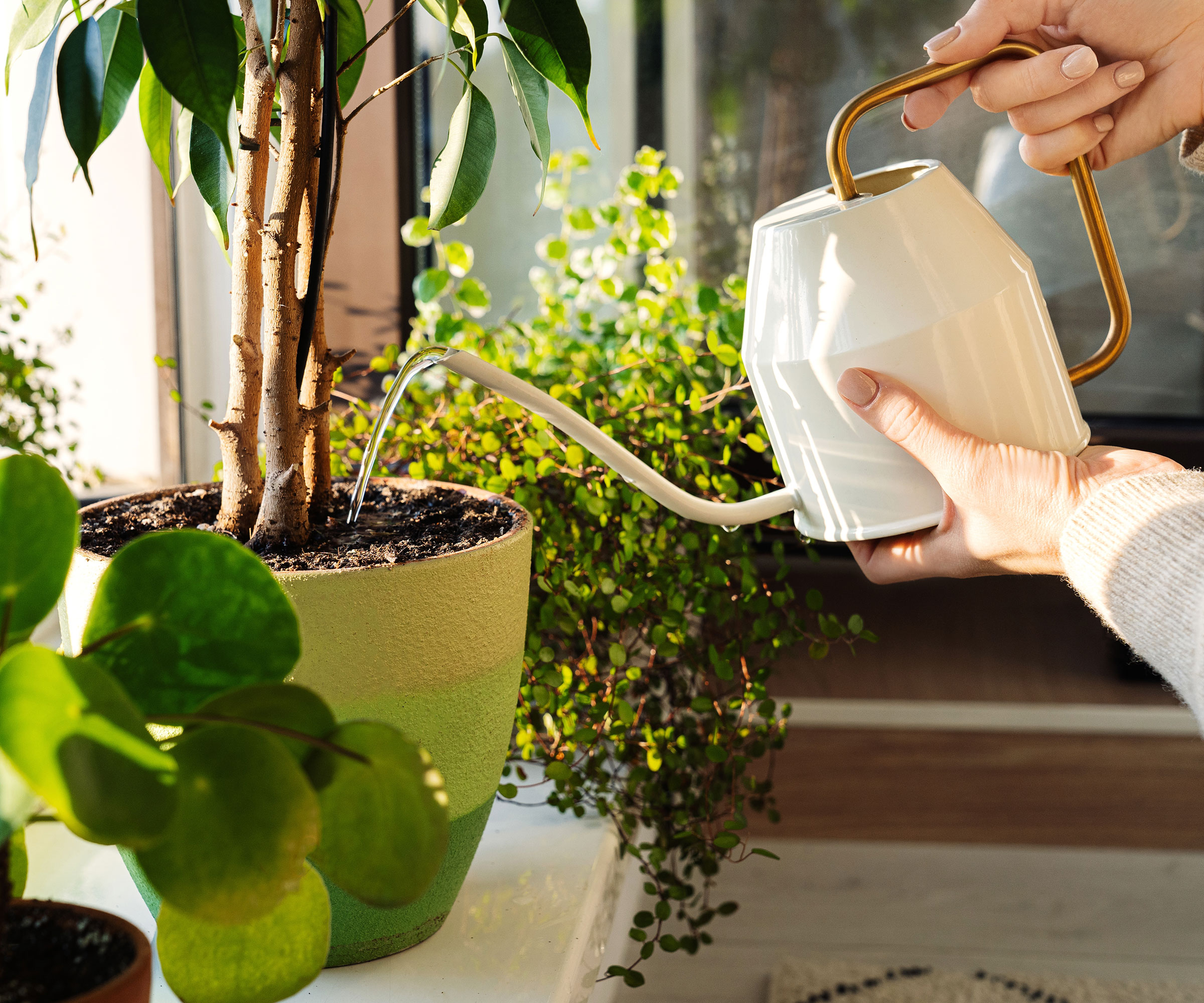
A plant's watering requirements drops during winter
4. Feeding plants
In the same way as watering requirements drop during the winter, there is a much-reduced need to fertilize plants when overwintering them. With the growth slowed, or stopped completely, plants will require very little feed, if any at all.
The time to start fertilizing again will come in spring, when they start growing again for the new season. Slow-release balanced fertilizer in early spring, when they are actively growing, will help give the overwintered plants all they need to start growing healthy again.
Adding more fertilizer that the plant needs can lead to stunted growth, wilting, or burning of the plant’s roots - which can be fatal.
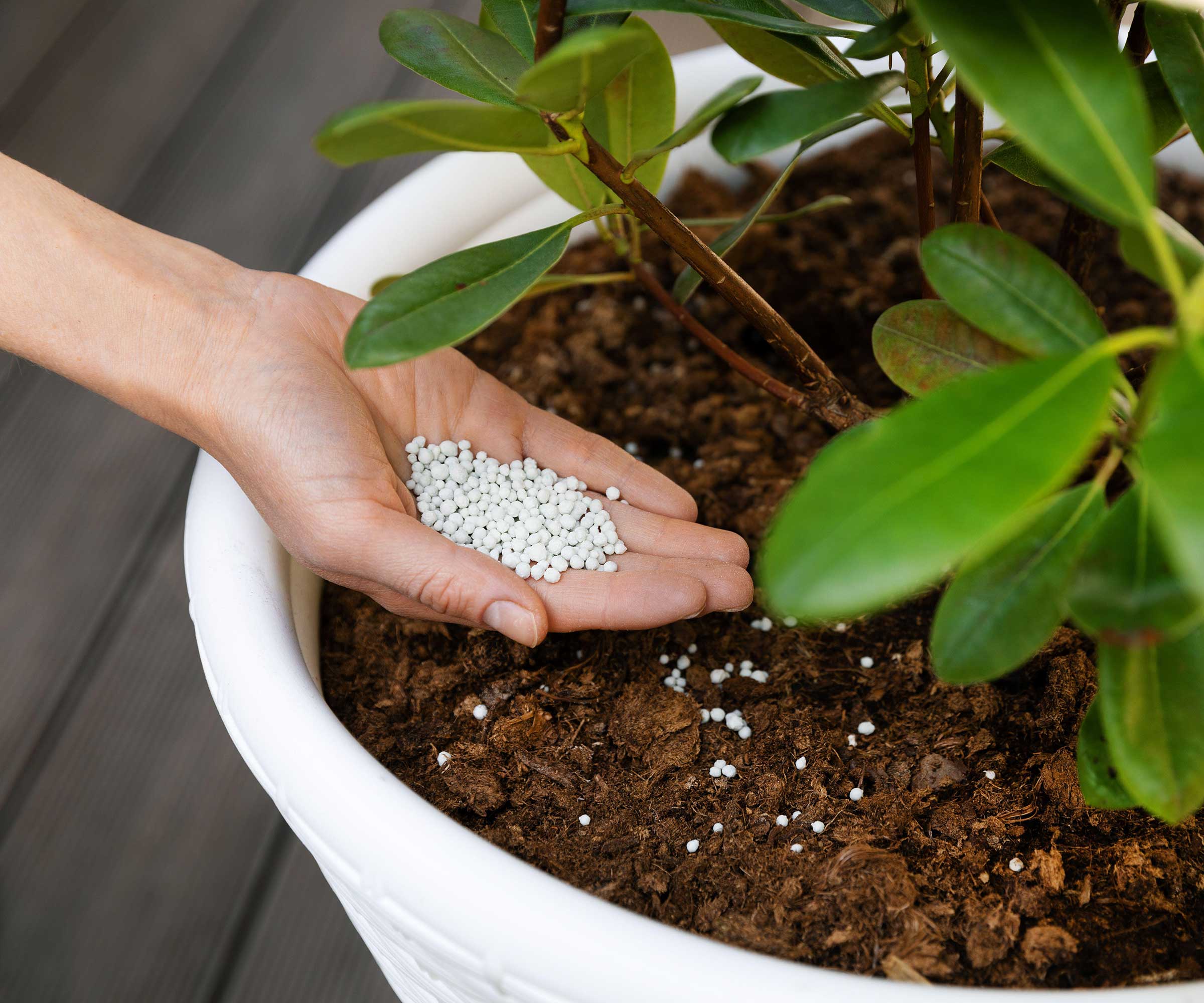
Fertilizer is not required when overwintering plants indoors
5. Putting plants in the wrong location
The best place to overwinter plants will depend on how they are being stored for winter. Bulbs or tubers that have been lifted from the ground are best stored in a dry and dark spot, such as a shed, garage, or cellar, to be regularly checked for signs of rot or pest damage.
When plants are brought indoors for winter to keep them growing, they will need good light levels and warmth to continue growing. An ideal spot would be a south-facing window or conservatory, though artificial lights can be used to supplement natural light. A lack of light can cause plants to slow their growth and you may see leaves turn yellow.
The plants want to be kept warm, but away from any fluctuating heat sources that can come from radiators, heating ducts, underfloor heating, air conditioning, or cold drafts. They may also benefit from regular misting as indoor air can often be dry due to heating being used during colder months. Finally, good air circulation is key to reduce any risks from fungal diseases.

A conservatory or sun room has lots of light for overwintering plants
6. Not dealing with pests
While your intention will be to protect the plants in winter, you may also inadvertently help common garden pests survive, and even thrive, by bringing them indoors. The likes of aphids, thrips, spider mites, or more, can easily come inside on infected plants. Not only will this help them overwinter, but it also risks spreading the pest problem to other plants.
It is best practice to check plants carefully for signs of pests and the simple practice of spraying them with a jet of water, such as a garden hose, can be a good precautionary measure to knock off any unwanted pests.
If an infestation is identified, a spray with insecticidal soap, available at Amazon or at many other retailers, or homemade bug spray, is also an effective way to help treat any issues and stop them spreading to more of your indoor plants.
As well as checking the plant itself, always have a check around the rim and bases of any pots too. These are classic locations where slugs or snails can be hiding, and you don’t want to bring them indoors.
FAQs
Can plants survive in an unheated greenhouse?
An unheated backyard greenhouse will enable you to keep many plants alive during the cold winter months. The temperature inside such a building will be warmer than outdoors and it will prevent frosts getting to plants. Air warmed by any sun during the day will also stay inside the greenhouse - providing it is well sealed - to keep temperatures warmer during the nights.
An unheated greenhouse is capable of providing temperatures of 40-45ºF during winter and it should be enough for many half-hardy plants to survive.
Always monitor temperatures in a greenhouse - such as with a Digital Greenhouse Thermometer available at Amazon - and check the temperature requirements for your specific plants to make sure they will be happy in an unheated environment in your winter climate.
Can you put potted plants in a shed in winter?
Plants in pots can be placed in a frost-free shed for winter, where they will be protected from frosts and rain. Dormant plants can survive fine in a dark shed, while those that are still growing will require a spot near to a window for access to light.
Check plants regularly and keep them moist, though they will not require much watering during the winter.
Along with moving plants indoors to overwinter, remember to add other important fall gardening jobs like clearing leaves, dividing plants, and planting perennials to your seasonal to-do list. You may also find that your houseplants suffer during this time, but there are a handful of things you can do to help revive indoor plants from cold damage.
Sign up to the Homes & Gardens newsletter
Design expertise in your inbox – from inspiring decorating ideas and beautiful celebrity homes to practical gardening advice and shopping round-ups.

Drew’s passion for gardening started with growing vegetables and salad in raised beds in a small urban terrace garden. He has worked as a professional gardener in historic gardens and specialises in growing vegetables, fruit, herbs, and cut flowers as a kitchen gardener. That passion for growing extends to being an allotmenteer, garden blogger, and producing how-to gardening guides for websites. Drew was shortlisted for the New Talent of the Year award at the 2023 Garden Media Guild Awards.
-
 5 things people with clean upholstery always do – simple, quick and oh-so-effective
5 things people with clean upholstery always do – simple, quick and oh-so-effectiveEnsure your furnishing looks clean year-round with these expert tips
By Seraphina Di Mizzurati Published
-
 7 native perennials to plant in April – for glorious flowering displays to attract bees, butterflies, and hummingbirds
7 native perennials to plant in April – for glorious flowering displays to attract bees, butterflies, and hummingbirdsDiscover some of the best perennials to plant in April to make your garden a hotspot for wildlife
By Drew Swainston Published